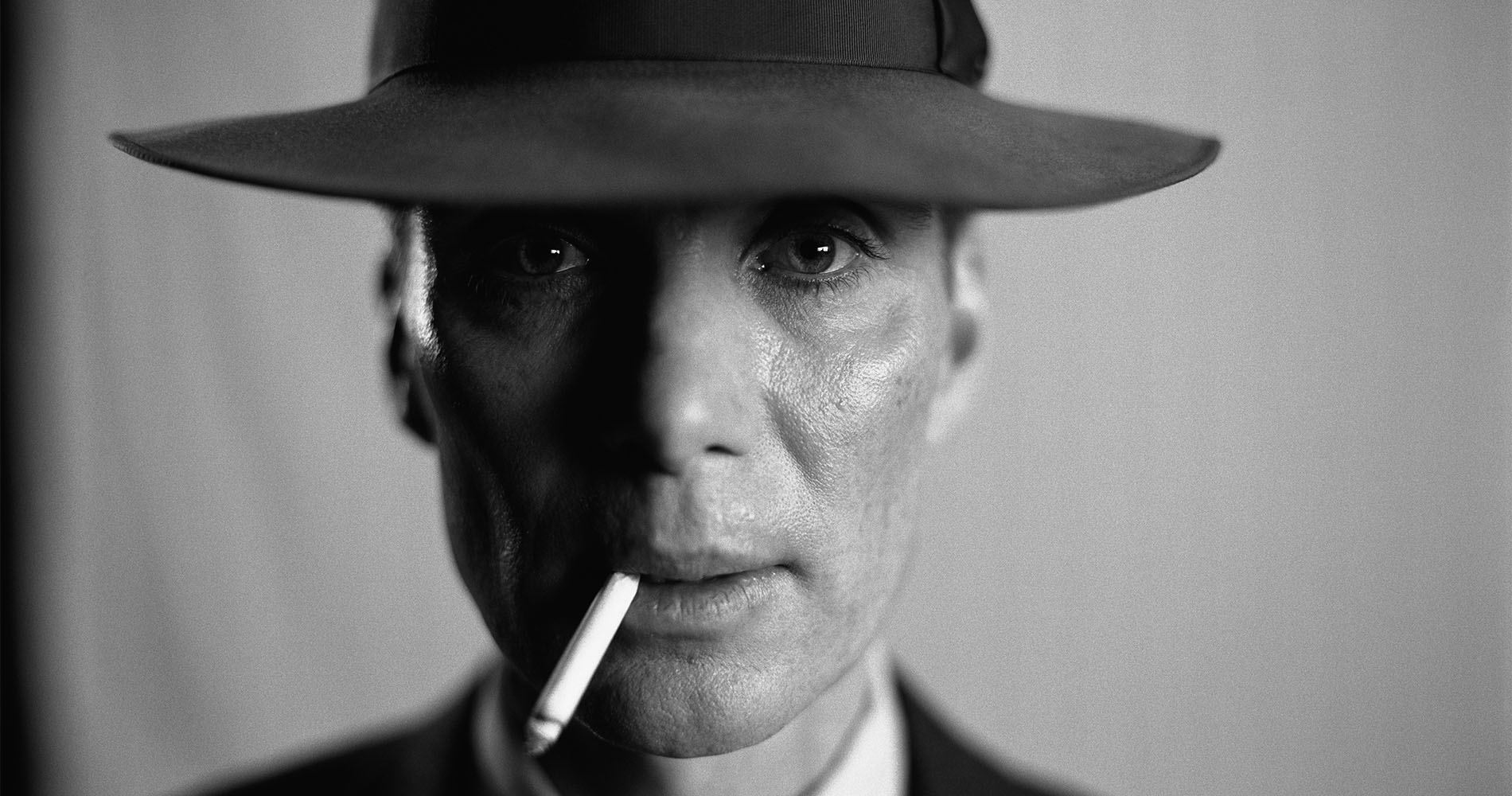
Typical of a Christopher Nolan outing, the Oscar-nominated Oppenheimer (2023) is epic in scope, attempting to unpack the great yet monstrous potential of humanity and technology. This, it does through the person of J. Robert Oppenheimer (played by Cillian Murphy), the physicist who advanced the fields of theoretical physics and nuclear fusion, while fathering the atomic bomb.
But before the film delves into the man’s historic contribution to the war effort, it follows him as a young doctoral student in Cambridge. We’re given hints of his homesickness as much as his brilliance. In one scene, we see him strolling a gallery hung with paintings, before stopping at Picasso’s Femme assise aux bras croisés (1937). The portrait’s subject, a blue-colored woman seated with crossed arms, looks out at Oppenheimer and he gazes back.
Still from Oppenheimer (2023). Photo: @screencaps on Twitter.
Why Picasso? According to the biography, American Prometheus: The Triumph and Tragedy of J. Robert Oppenheimer (2005), on which the movie is based, Oppenheimer’s parents had acquired quite the art collection, encompassing a Rembrandt, Renoir, Van Gogh, and Picasso’s Mother and Child (1902). Later, when Oppenheimer moved to Berkeley to take up a professorship in 1934, his father presented him with a Picasso lithograph that remained on his wall.
Connections can also be drawn between Picasso’s and Oppenheimer’s approach to visual reality. In the movie, the physicist explains quantum mechanics by telling his future wife Kitty that the world is “mostly empty space, groupings of tiny energy waves bound together,” that it is only “forces of attraction strong enough to convince us matter is solid.” In a similar vein, Picasso once deemed Cubism “not a reality you can take in your hand. It’s more like a perfume… the scent is everywhere but you don’t quite know where it comes from.”
Still from Oppenheimer (2023). Photo: @screencaps on Twitter.
More tellingly, Oppenheimer’s encounter with the Picasso painting occurs amid a montage that also sees him reading T. S. Eliot’s seminal poem “The Waste Land” and cueing up a Stravinsky record. Add to that his wont to quote the Bhagavad Gita (most famously: “Now I have become death, the destroyer of the worlds”), the portrait emerges of a man of science who was just as immersed in the arts, drawn by equal promises of transcendence.
As he later tells his colleague, while naming Picasso, Stravinsky, Freud, and Marx, once “you accept the revolution in physics, can’t you see it everywhere else?”